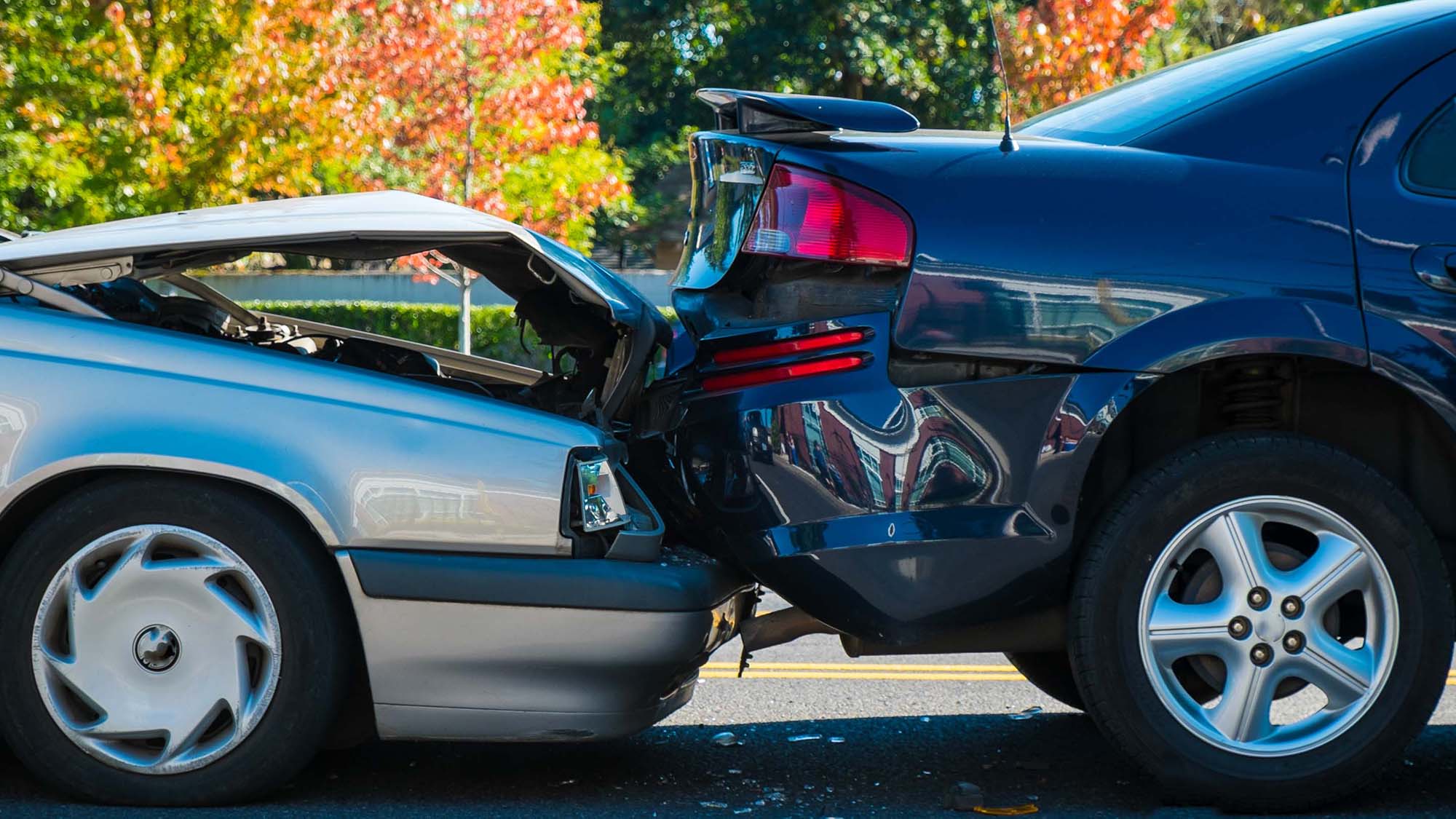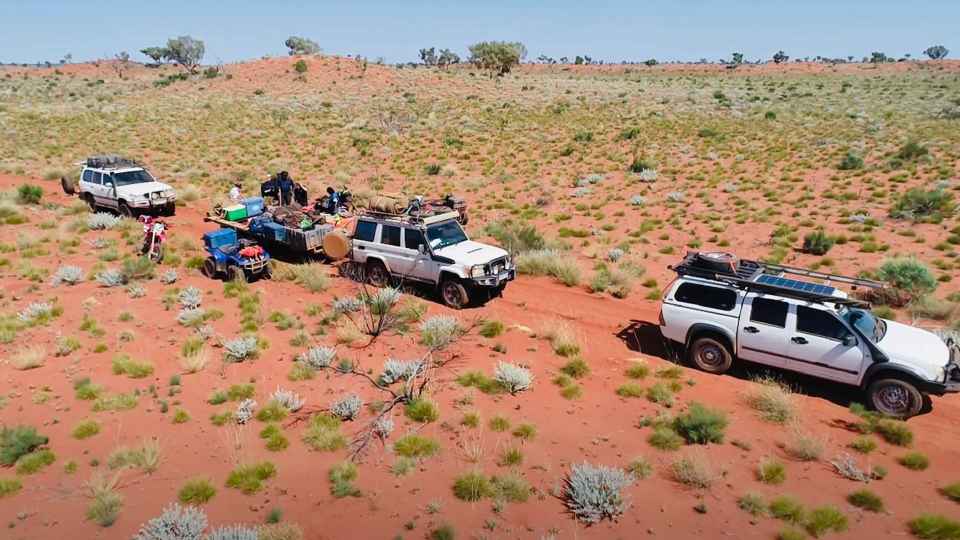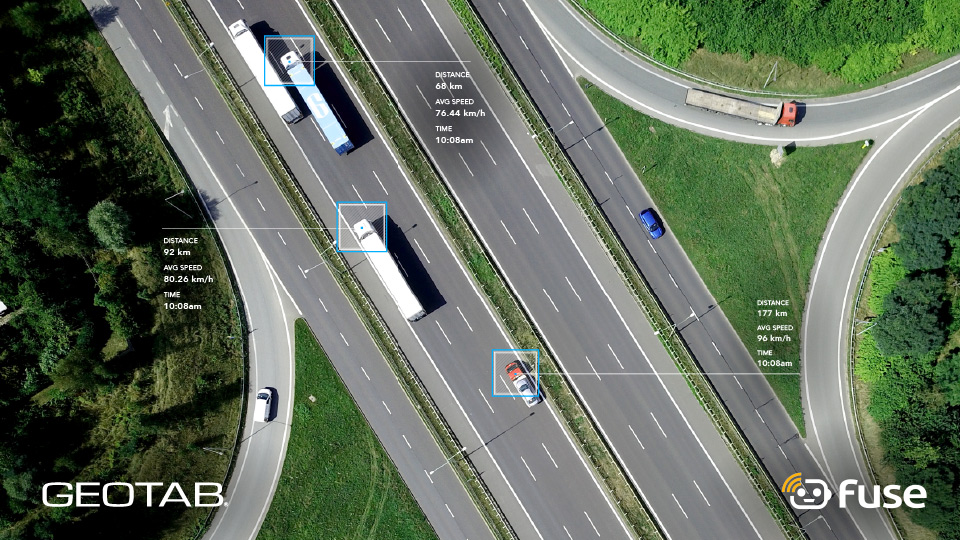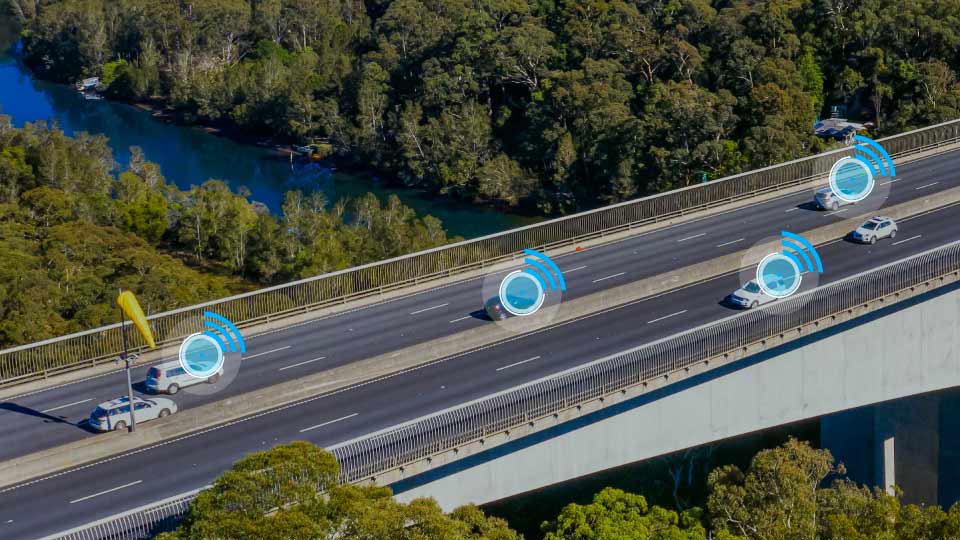The impact of driver behaviour on collisions
Learn about the connection between driver behaviour and collisions.
By Geotab Team
August 28, 2024
•2 minute read

Despite the increase of vehicles on Australian roads as population grows, road fatalities have been decreasing. Improvements in safety technology or other policy interventions could provide possible explanations for this trend. What may be more surprising is that road traffic hospitalisations are actually growing. Numbers are up 13% in the last decade, according to the Australian Government Department of Infrastructure and Regional Development.
Though road fatalities are decreasing, the numbers still remain above 1,000 per year on Australian roads. In 2019 alone there were 1,195 deaths. With slower population growth and reduced traffic in 2020, the numbers are expected to decrease, but it’s reasonable to be concerned for your professional drivers who have remained on the road.
Vehicle type and location are key factors
Vehicle collisions, such as hitting a stationary object, are responsible for more fatalities than any other type of incident where pedestrians are excluded. It might be expected that head-on collisions are the primary culprit, but statistics identify that about as many deaths occur by "T-bone" collisions. This means that many incidents occur at a rate of speed less than 30kph.
When looking at heavy vehicle involvement, 7% of injury-causing collisions involve a rigid truck and 8% an articulated truck. In Australia, these are 2.6% and 0.53% of registered vehicles, making both incredibly over-represented in incident statistics.
Location is another factor to consider. If the event occurs in a regional, rural or remote part of Australia, the sheer distance between collision site and responding medical attention magnifies the risk and impact of safety incidents. As much of Australia’s freight network travels through regional areas, this impacts a great many members of industry.
According to QBE insurance, collisions cost Australia as much as $30 billion a year. This roughly equates to $70 million every day. A report submitted to the Commonwealth Government found that every road fatality cost an average of $7.8 million, and every serious injury more than $300,000.
How can you mitigate the risk?
Addressing the risk of collisions is vital for your business. Risk mitigation is a key activity for containing the costs of lost productivity, damage to assets, injuries or other impacts to your team. You might also have legal duties of care to consider.
Here are several ways that telematics can be used for a fleet safety program:
1. Monitor seat belt usage.
Seat belt use is required by law, but, unfortunately, not every driver abides by this. Measuring and reporting seatbelt usage lets you intervene and reward safe behaviours or manage the unsafe workers by providing training.
2. Manage driver distraction.
Distracted driving is growing concern and cause of collisions and fatalities. Managers can use telematics to better understand safe and risky driving in their fleet. A distracted driver will miss more signals or signs or have more erratic driving behaviours such as harsh turning or braking. Using Geotab’s zones, rules and notifications, you can be warned of incidents when they occur, or collate these into a report to help better analyse driver patterns over time.
3. Limit driver fatigue.
Fatigue happens when a driver is behind the wheel for too long or is working outside of their ordinary hours. Managing when drivers should or shouldn’t be on the road, and reporting when they’re not taking schedule breaks, supports worker health and safety, and could even save a life.
4. Investigate incidents thoroughly.
When incidents happen, taking a close look can help fleets understand and manage future events. Geotab’s reporting makes it possible to reconstruct the event with data before, during and after, to help form a complete picture of what happened. Accelerometer and gyroscope data, viewing on the map, noting speeding and turning prior or perhaps integrating a camera solution into your telematics will help you understand the collision and inform driver coaching and insurance claims.
Conclusion
By analysing driver behaviour, compiling reports and providing training to drivers to warn them of the risks of unsafe driving habits, you are well on your way to creating a safer and more productive fleet. For more information on collision prevention and reconstruction, check out our Collision Reconstruction solution on Geotab’s Marketplace.
The Geotab Team write about company news.
Related posts

Geotab at MEGATRANS discusses Cost Savings and Automation
September 24, 2024
1 minute read

Electric vehicle sales double in Australia: here are three trends in EV adoption
September 8, 2024
2 minute read

Geotab Australia’s leaders come together to talk trucks, taxes and technology in Brisbane
August 12, 2024
2 minute read



Navigating the Future: Five telematics trends taking 2024 by storm
January 18, 2024
3 minute read
